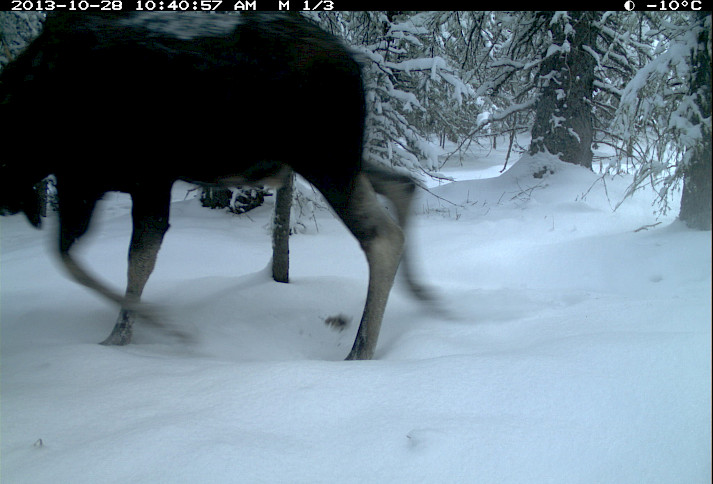Camera traps can be a powerful tool to observe animal behavior, but the presence of camera traps could have an impact on the environment (through mechanical noise produced by the camera or light emitted), which can potentially affect animal behaviour. A new paper published in Conservation Science and Practice by Caravaggi and colleagues (including WildCAM co-chair Cole Burton) reviews some of the major sources of bias relevant to behavior studies that use camera traps: disturbance caused by the cameras, variation in animal-detection parameters across camera models, and biased detection across individuals with respect to age, sex and behavioural classes. To deal with these issues, Caravaggi et al (2020) recommend that researchers consider the time period required for focal species to become habituated to the cameras. They also recommend that the use of white-light flash be limited to studies where behaviours absolutely must be illuminated. The authors note that data should excluded if an animal’s behavioral response to a camera trap disrupts or changes the behavior of interest. Finally, collecting data on a range of covariates (e.g. site, species, seasonal, age-class responses to the camera) could also reveal confounding variables during statistical analyses. Ultimately, all behavioural studies that use camera traps should, at minimum, demonstrate how they have accounted for species’ responses to camera traps, which can help researchers better inform conservation and management practices. Click here to check out the paper!
By Isla Francis
